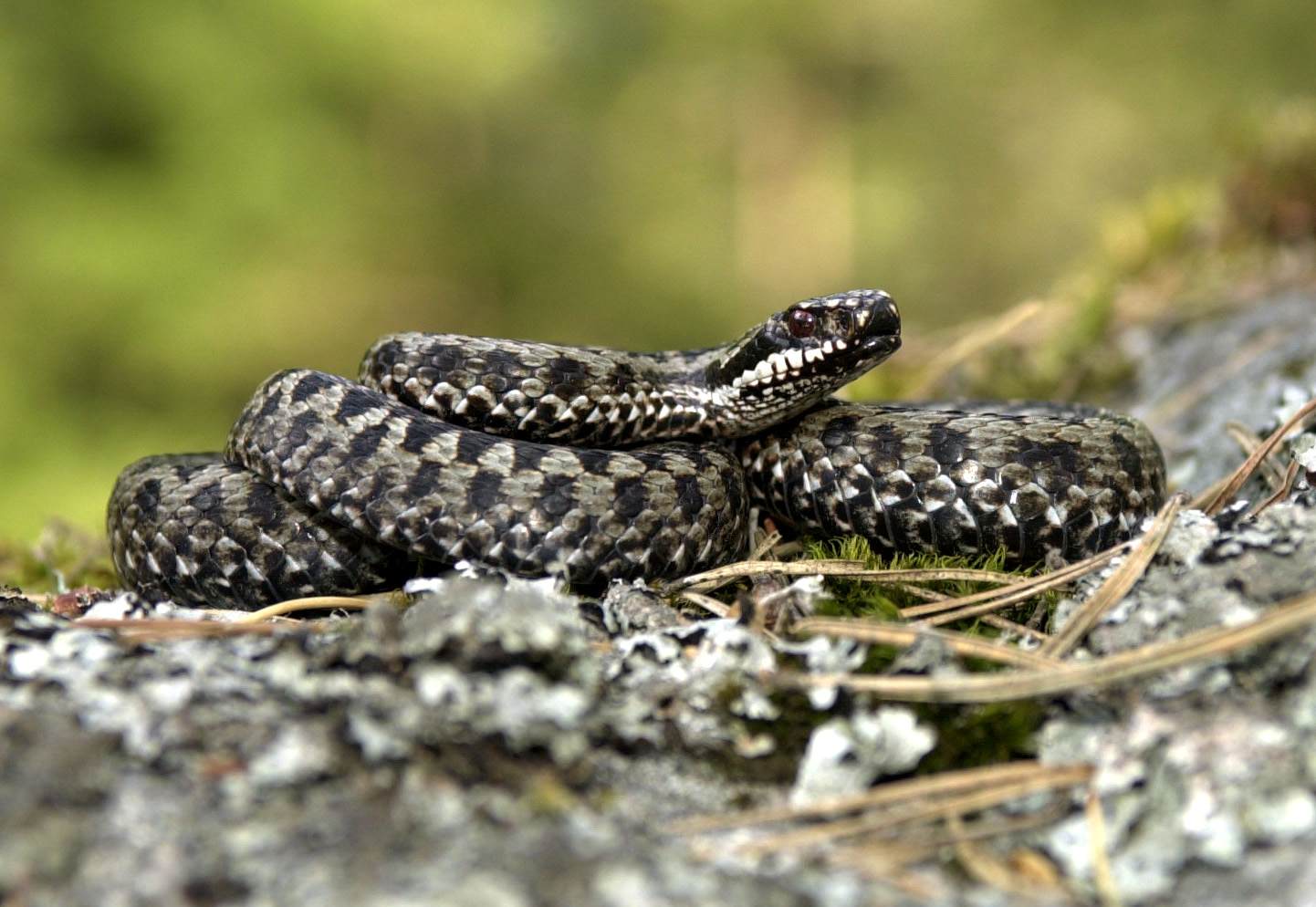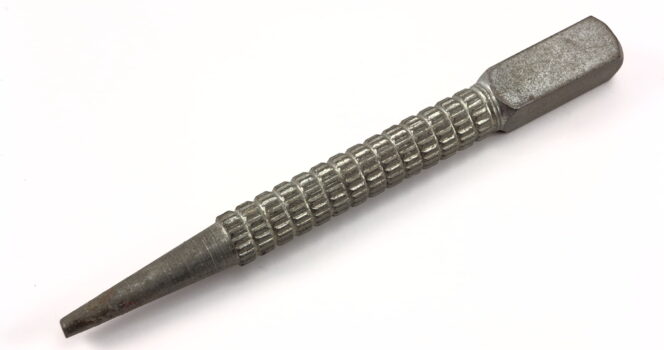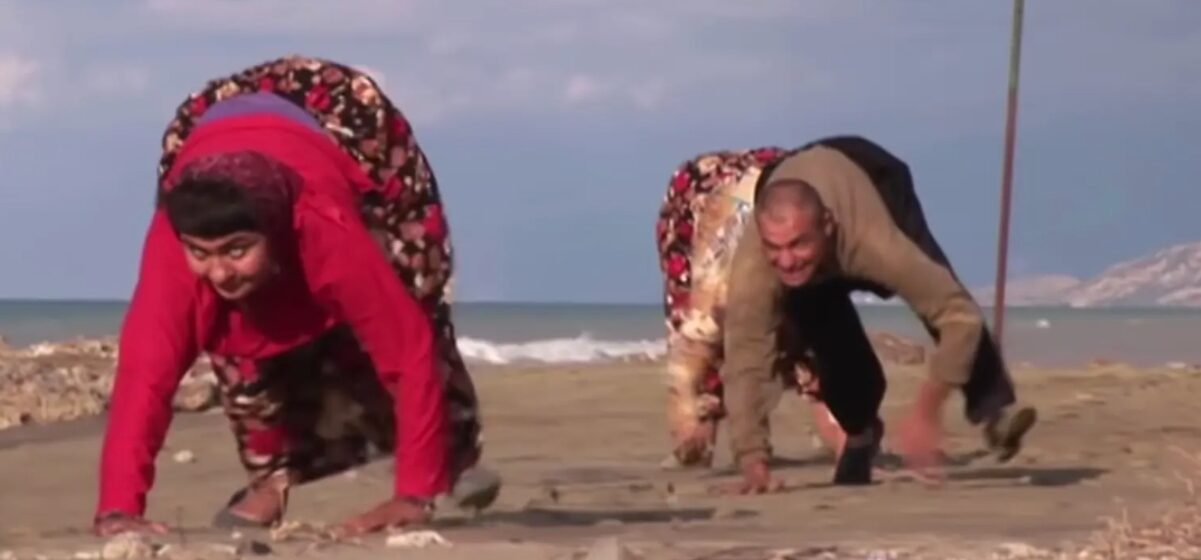
Most of us enjoy a beautiful summer filled with warmth and fun times. Outdoor dining, trips to the lake or forest, and long beach walks make for unforgettable moments!
However, along with the joy of spending more time outdoors in summer, there comes certain risks – risks that 3-year-old Kristoffer Nordgarden unfortunately experienced firsthand.
During summer, we often walk barefoot, increasing the chances of injuries or unexpected encounters with wildlife.
When Kristoffer rushed to his mother Elisabeth Nordgarden one day, she initially dismissed it as a minor issue.
A Frightening Turn of Events
“Me and the boys were at my grandparents’ place,” Elisabeth recounted to NRK. “Kristoffer started crying a bit and climbed onto my lap. We assumed he got stung by a wasp or scratched himself on a branch.”
Little did Elisabeth know that this weekend would soon spiral into one of the most harrowing experiences she would ever face.
Within 15 minutes, Kristoffer’s foot started swelling and turning blue.
“The ambulance and helicopter arrived promptly. They identified it as an adder snake bite and rushed us to the hospital,” Elisabeth shared.
Kristoffer received an antidote swiftly and showed signs of improvement. However, his condition suddenly deteriorated.
Further examination revealed internal bleeding in Kristoffer’s intestines.
Doctors discovered that Kristoffer’s blood value had dropped to 5 (standard is 11), and he had lost significant weight – from 44 pounds to 33.
It was then that Elisabeth realized the gravity of the situation and anxiously awaited news on her son’s condition.
Reactions to an adder snake bite can vary, especially in children who are more susceptible to severe responses.
Remaining calm after an adder bite is crucial, advises Doctor Achterberg.
As temperatures rise in summer, adders become more active, increasing the likelihood of encounters with these venomous creatures.
“Adders are highly active in summer. With more people enjoying nature, the chances of coming across one are higher,” noted Petter Bøchman to NRK.
It’s advisable to wear shoes or boots in areas where adders are known to inhabit, especially during outdoor activities.
Recovery and Lessons Learned
After a challenging week and a half in the hospital, Kristoffer eventually recovered and was able to return home. While the ordeal was tough, the resilient 3-year-old seemed to have coped well, according to Elisabeth.
On the day of his discharge, Kristoffer was already playing. Elisabeth emphasized that she would be extra cautious in the future, especially around areas where adders could be present.
“I now have a newfound respect for adders and will ensure my children wear proper footwear in grassy areas,” she affirmed.
It serves as a reminder to always respect wildlife and practice vigilance, especially when dealing with adders in warm weather.
Fortunately, Kristoffer made a full recovery, but this cautionary tale could have ended tragically. Share this important warning to raise awareness about the dangers of adder bites!





